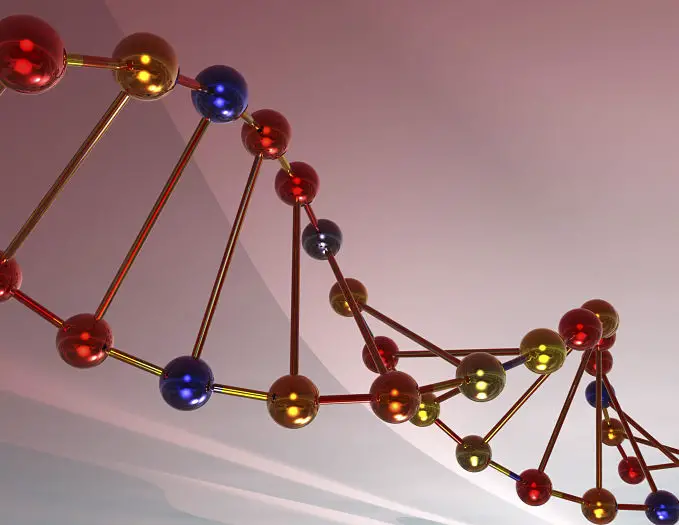
There is also A-DNA, which is usually found at low humidity, which is also right handed, but has 11 bases per turn, and is tilted on its axis with a central hole. B-DNA is the usual type of DNA, right handed, bases 3.4A apart, 10 bases each turn, with anti-parallel strands. It has major, and minor grooves present due to its spiral nature, proteins specifically interact with these regions of the DNA, mainly the major grooves. The DNA has a phosphate backbone, which is negatively charged, and so can form weak interactions. Adenine pairs with thymine with a double hydrogen bond, and Guanine pairs with cytosine with a triple hydrogen bond.

The DNA structure is usually in the form of two anti-parallel strands which spiral around each other base pairing using weak hydrogen bonds.
Dna stands for free#
The nucleotides join together through phosphodiester bonds, to form a chain where the hydroxyl end is always free (3′-OH), and the strand starts from the 5’PO4 end. The bases include the pyrimidines cytosine, and thymine, and the purines guanine, and adenine. Deoxyribonucleic acid (DNA) is made up of nucleotides (phosphate esters of nucleosides), consisting of a 5-carbon sugar, attached to a phosphate at the 5′ carbon, and a base at the 1′ carbon.


 0 kommentar(er)
0 kommentar(er)
